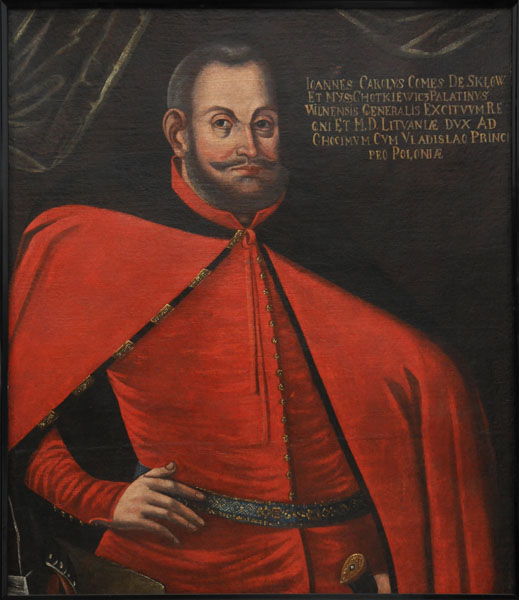Jan Karol Chodkiewicz was an extraordinary strategist. He became famous for the Battle of Kircholm, however, this was not the only time he defeated a numerically superior Swedish army. Learn about the history of the Battle of Biały Kamień (today’s Paide, Estonia).
On 25 September 1604, in the period of the war between Poland and Sweden (1600-1611), there was a battle that marked itself in the annals of history. The Swedish army, consisting of around 7,000 soldiers and led by Arvid Stålarma and the Spanish mercenary Alonzo de Canuto, surrounded the fortress of Biały Kamień. The Swedes’ first attempt to capture it proved unsuccessful, and the second attack was interrupted by the arrival of a Polish-Lithuanian repulsion under the command of Lithuanian Field Hetman Jan Karol Chodkiewicz, who had a mere 2,000 soldiers under his command.
The battle took place on difficult terrain, with swampy streams and in difficult weather conditions. Despite this, Chodkiewicz, having carefully studied the situation, decided on a surprise attack on the left wing of the Swedes. His decision proved to be a master stroke. The hussars, which made up the right wing of the Polish-Lithuanian army, delivered a devastating blow to the German raiders and infantry commanded by Canuto, who was killed in the battle. His death affected the morale of the troops, which, despite initial fierce resistance, scattered. Having destroyed the left wing of the Swedish army, Chodkiewicz turned the rest of his forces to attack. The result was the complete disorganisation of the Swedish army and its retreat.
Their losses were significant: 3,000 Swedish soldiers were killed, 6 cannons were seized, along with all their equipment and 21 flags. In contrast, the Poles and Lithuanians lost only 50 killed and 100 wounded. This battle ended in triumph for the common state of Poles and Lithuanians – the Polish-Lithuanian Commonwealth. Some historians consider it a prelude to the Battle of Kircholm, where Chodkiewicz’s strategic genius was again revealed.





